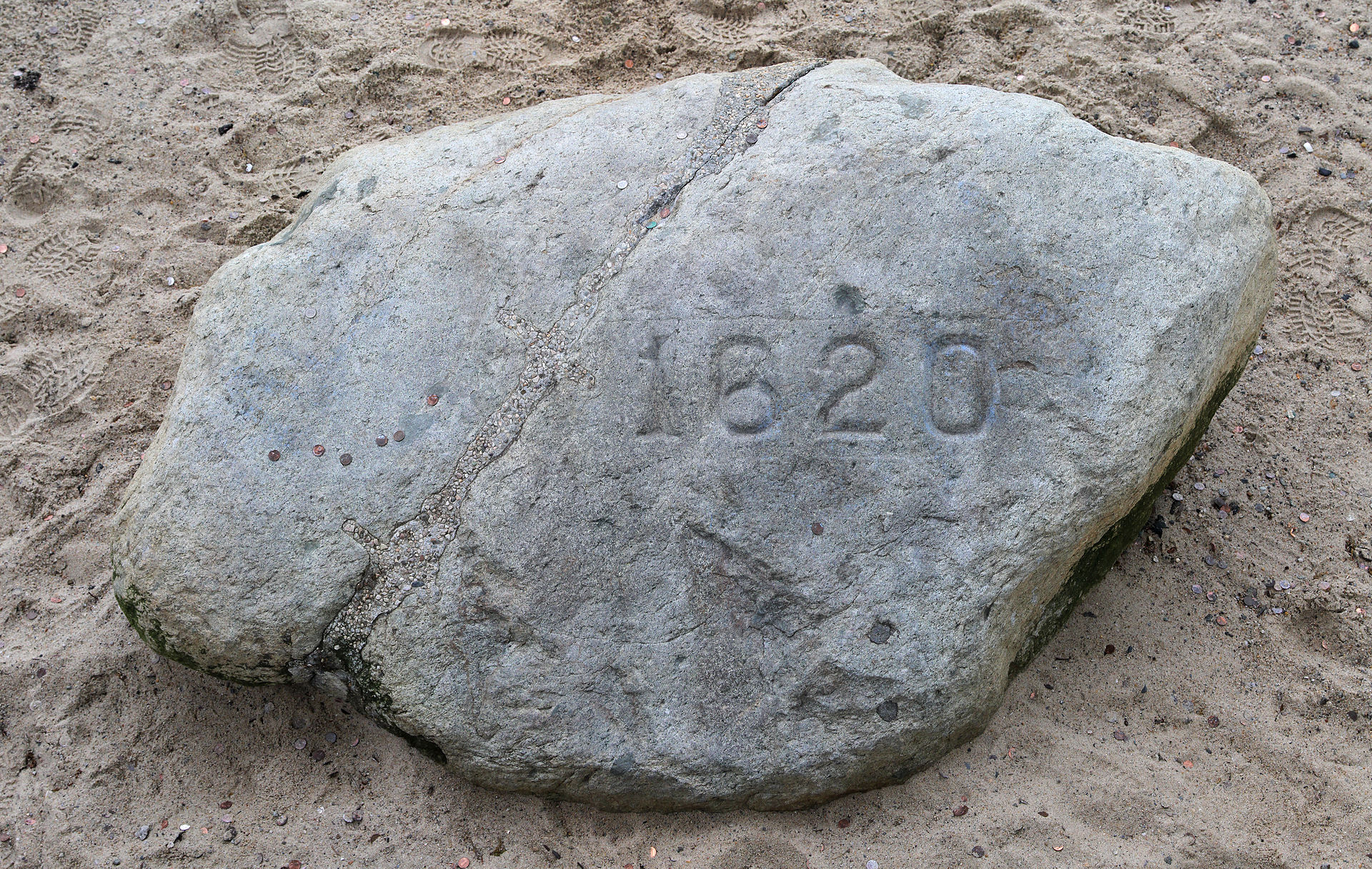The mid-1990s was an era where the Disney corporation decided to release a couple of films to teach Americans about their early history. Pocahantas, in 1995, was a fairly successful animated flick, although it was replete with inaccuracies. The year before saw the release of Squanto: A Warrior’s Tale. It starred Mandy Patinkin as a warm-hearted monk, Ferdinando Gorges as a foppish villain, and Adam Beach in the lead role as the native American Squanto.
As author Andrew Lipman writes in this new book about the real-life Squanto, the film was a “flop at the box office due mostly to its dopey script and clunky direction.” The native Americans of 1994 also complained about the “misleading portrayal of their culture and history.” The deliberate distortion of American history seems to be a national obsession, leaving virtually no young people, and very few adults, in a position to know or understand their past.
Lipman is one of those few adults who really does know. As associate professor of history at Barnard College, Columbia University, Dr. Lipman is the recipient of the Bancroft Prize in American History. This was for his first book, the 2015 The Saltwater Frontier: Indians and the Contest for the American Coast. As in that book, his focus is on the 1600s, long before anyone thought of the Unites States or Canada as countries.
Squanto (1580-1622) was from Patuxet, a coastal village in what is now Massachusetts. While seafarers from Europe had been coming to North America since the 1490s, Squanto likely first laid eyes on a ship from England in 1604. It was commanded by Bartholomew Gosnold, who “was scouting a potential colony.” The very next year the French sent a ship under the command of Samuel de Champlain, and it dropped anchor right there at Patuxet. Once he determined none of the small estuaries were navigable, he sailed away. Unlike the English, the French ship “took a man hostage, a clear act of war.”
This set the scene for what was to follow. In 1614, the notorious English captain Thomas Hunt captured several natives, including Squanto, and took them to Spain and then England. This book reconstructs, to the best extent possible, what happened to Squanto from then until he died (likely of disease) 8 years later. An usually precocious young man, Squanto learned English and became an invaluable guide to English settlers, once he was returned to his native lands. But the intervening years were a disaster for his people, as they were decimated by diseases brought to America for the first time. Possibly 90% of Squanto’s people died in just 2-3 years. In 1621 Squanto decided to shape history instead of being a mere pawn. He persuaded the English people who relied on him that the tribes were gathering for all-out war against them. Luckily, his lies were exposed before any blood was spilled, and it was his own native chief who demanded his head. The English protected him, as he was too important to lose, but he died not long afterwards anyway. This tawdry end to a fascinating life did not make it to the Disney film. An interesting aside: it is likely Squanto met Pocahontas, as they lived just 300 yards apart in London in 1617!
Even though Squanto did not personally see the Mayflower land near modern-day Plymouth in 1620, the aura surrounding the Pilgrims (and the origin of Thanksgiving) is dealt with deftly by Lipman. In this excerpt, Lipman uses Squanto’s other name. “Tisquantum, that teller of tales, avoided the false certainty of a marker like Plymouth Rock. He preferred a verbally preserved poetic nothingness over a heavy-handed granite somethingness. He knew that in time a forgotten hole would fill in on its own, so the absence of dirt represented the presence of historians.” The famous Plymouth Rock, pictured with this review, has the date of 1620 cut into it. That was done in 1880, one of many examples of re-written American history.
Despite his historical acumen, Lipman is not a scientist. On page 116 he states that the Great comet of 1618, which was remembered by the natives for many years, was also the first comet to be observed through a telescope. In reality, there were three comets visible in late 1618. The earliest of these was the first telescopically-observed comet.
Complete with 43 pages of notes, and a fine Index, Lipman has clearly done his research (comet error excepted). I’m not sure what the intended audience is, but it would be a good idea to make this book compulsory reading in high school. A really fine book, this one needs to be widely read.
Squanto: A Native Odyssey, is by Yale Univ. Press. It lists for $28.
